Australia is the 3rd most popular international destination in the world. Despite only having a population of 23 million, 8 out of 100 top universities are located in Australia. Australia has 15 Nobel Prize Laureates.
Australian universities have top rankings in the world in the following disciplines:
·Art & Humanities
·Clinical Pre-Clinical & Health
·Engineering & Technology
·Life Sciences
·Physical Science
·Social Science
Ten reasons to study in Australia
·Australia has the third highest number of international students in the world behind only the United Kingdom and the United States despite having a population of only 23 million
·Australia has seven of the top 100 universities in the world
·These are strong academic credentials,
·Australia has five of the 30 best cities in the world
·Australia has produced 15 Nobel prize laureates
·Every day over 1 billion people around the world rely on Australian discoveries and innovations – including penicillin, IVF, ultrasound, Wi-Fi, the Bionic Ear, cervical cancer vaccine and Black Box Flight Recorders – to make their lives, and the lives of others, better
Education costs in Australia
The costs of studying in Australia depend on the institution and the level of study you choose.
The list below gives you an indication of the range of course costs for different types of qualifications.
·School - $7,800 to $30,000
·English language studies - Around $300 per week depending on course length
·Vocational Education and Training (Certificates I to IV, Diploma and Advanced Diploma) - $4,000 to $22,000
·Undergraduate Bachelor Degree - $15,000 to $33,000*
·Postgraduate Masters Degree - $20,000 to $37,000*
·Doctoral Degree - $14,000 to $37,000*
A board range of study options
·Natural and physical sciences
·Information technology
·Engineering and related technologies
·Architecture and building
·Agriculture, environmental and related studies
·Health
·Education
·Management and commerce
·Society and culture
·Creative arts
·Food, hospitality and personal services
Vocational education
Australia’s VET sector is based on a partnership between governments and industry. VET qualifications are provided by government institutions, called Technical and Further Education (TAFE) institutions, as well as private institutions. Australian governments (federal and state) provide funding, develop policies, and contribute to regulation and quality assurance of the sector. Industry and employer groups contribute to training policies and priorities, and in developing qualifications that deliver skills to the workforce.
In Australia, the quality of your education is guaranteed. In fact, the wellbeing of all international students, the quality of their educational experience, and the provision of up-to-date and accurate information is protected by law – under the Education Services for Overseas Students (ESOS) Act 2000. On top of this, a national VET Regulator – Australian Skills Quality Authority (ASQA) (opens in a new window) – ensures the quality of our education to more than 1.2 million students – including some 230,000 international students involved in vocational education and training.
Education pathways
If you don’t meet the entry requirements to get into the course you want in Australia, there are many pathways that can help you reach your goal. This might include studying in an Australian school, taking English language preparation or studying a vocational education and training course. Another pathway may be Foundation Studies - one-year intensive preparatory courses available through the majority of institutions. These will give you the skills you need to enter an undergraduate (Bachelor Degree) course.
Nine reasons to visit Australia
Australia is one of the most remote countries in the world and, ironically, one of the most popular places to visit. Whilst the flights are long and expensive, and when you only have a few weeks of travel, wasting a few days flying probably doesn’t make sense to a lot of travellers. Nevertheless, here are a few reasons to save up your vacation time and brave that long venture across the world.
The Great Barrier Reef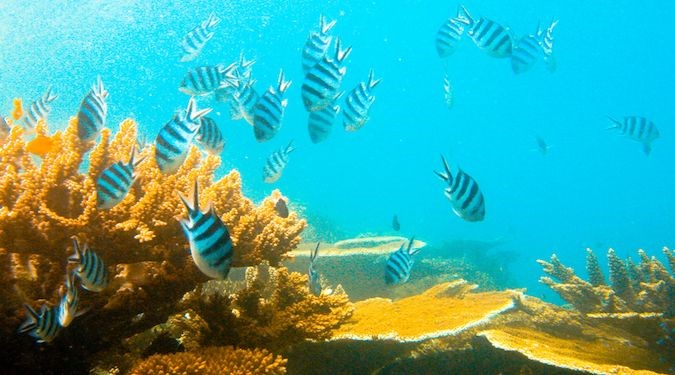
One of the most famous reef systems in the world, the Great Barrier Reef is world-renowned for its abundance of marine life and world-class diving opportunities. You can spend one day or a few diving this reef. Though everyone leaves from Cairns, leaving from Port Douglas will get you to less crowded dive spots.
Sydney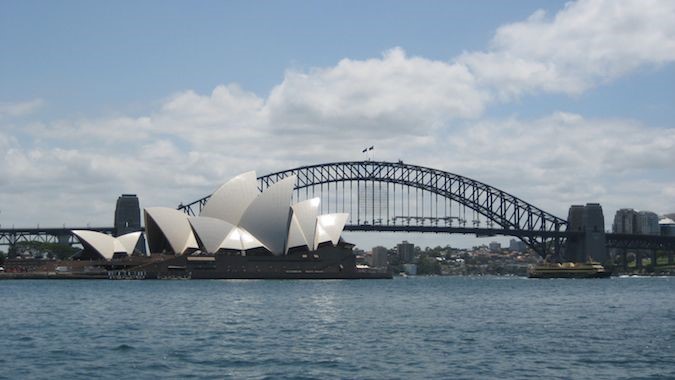
Known for its famed opera house and harbor, Sydney also boasts an incredible bridge, great parks, delicious food, lots of free stuff to do, and amazing surfing. Whether you go to Manly Beach or hang out with everyone else in Bondi, Sydney’s a place to relax in the sun and enjoy the water. Darling Harbor has a number of good restaurants and great entrainment venues, and the Chinese Garden is quite relaxing. For a night out on the town with colorful locals, there’s nothing like King’s Cross.
Uluru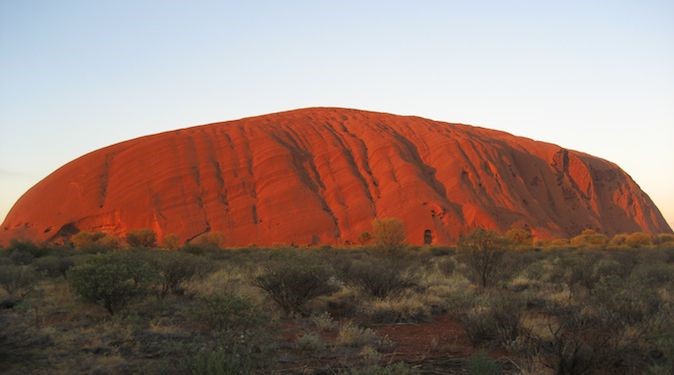
You wouldn’t think that a giant round rock covering eight kilometers of land would be breathtaking, but it is. The wind-blown cuts throughout the rock make it look like a wave of sand climbing over the desert. The iron in the rock produces amazing shades of red and orange during sunrise and sunset. While you can climb Uluru, be aware it is a sacred area to the people of this area. Oddly enough, they allow visitors to scale the rock, but they don’t like it. You can take tours here from nearby Alice Springs.
BBQ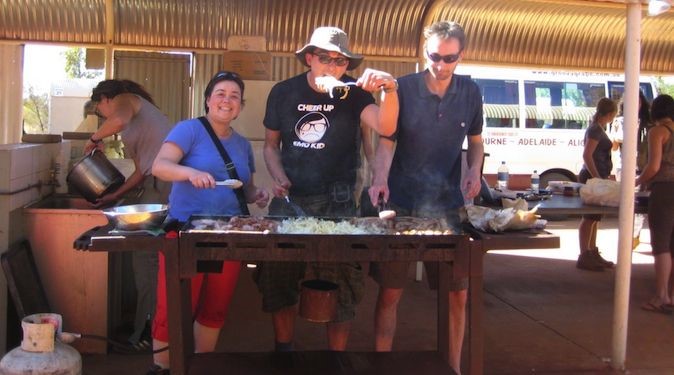
Aussies do a lot of things well and one of the best is throwing a barbecue. The Aussie BBQ is a serious tradition, and most parks and public areas have at least three BBQ pits. In fact, I don’t know what Australia would be without a barbecue. There’s nothing better than a beautiful warm night, a few good beers, and some grilled-up kangaroo to make you love this place.
Wine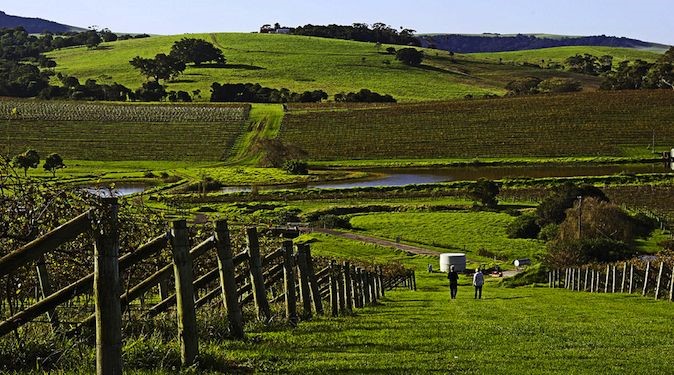
Australia has some great wine regions that include Margaret River near Perth, the Barossa Valley near Adelaide, and the Hunter Valley near Sydney. There’s a lot of good wine to be tried while in Australia, especially Australian shiraz and pinot noir. You can take day trips to any of the wine areas from the nearby major cities or simply take a trip to the wine store and get drunk in the park…while having a BBQ.
Western Australia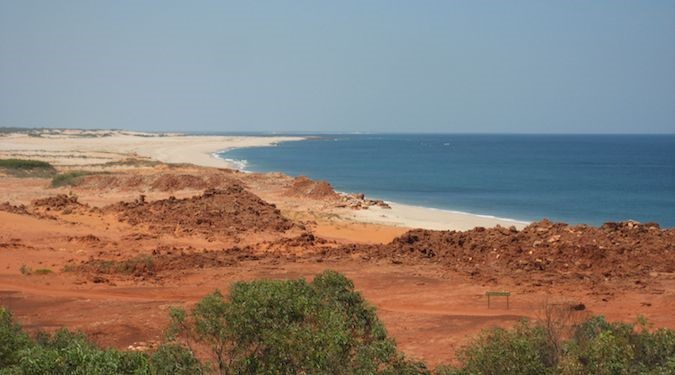
This part of Australia is truly beautiful, with its large expanses of outback and white sand beaches that stretch for miles without a soul in sight. Karijini National Park puts Kakadu and Litchfield to shame, and Coral Bay and the Ningaloo Reef are even better than Cairns or the Great Barrier Reef. It is truly a must visit!
Perth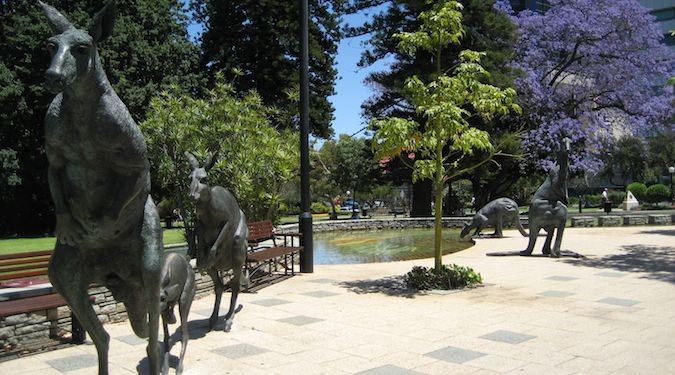
Sydney and Melbourne get all the attention, but Perth can hold its own against these two heavyweights. There are great beaches, one of the world’s largest city parks, surfing, and nearby Fremantle where you can have Australia’s best beer (Little Creatures). Perth is a city filled with young people and has the vibe of a city in motion that’s just coming into its own. Don’t forget Sunday drinking sessions at the famous Cottesloe Hotel.
Surfing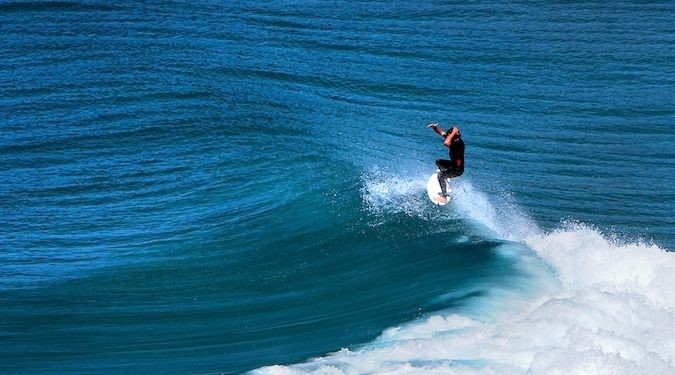
Australia may not have invented surfing, but they might as well have, given how ingrained it is in Australian culture. The best surfing is on the East Coast, and there are a million places where you can catch a good wave. You can head to Sydney and places like Bondi Beach, but the best surfing is up in Queensland. Noosa is also one of the best places to surf because there are waves for both professionals and beginners.
Beautiful Beaches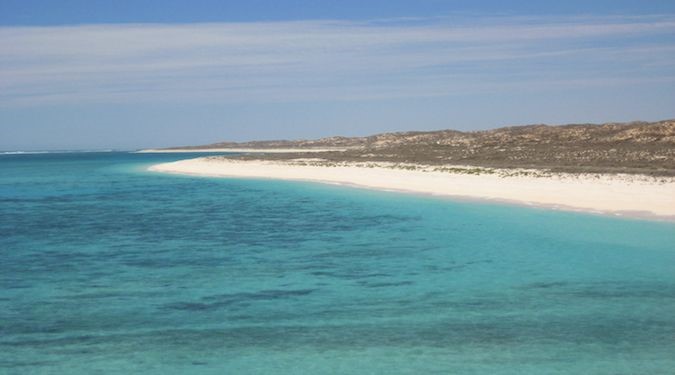
With over 50,000km of coastline there’s no way this country could exist without beautiful beaches. The ones on the East Coast are far busier than the deserted beaches on Australia’s western coastline. But with so much coastline, you’ll always find a spot to relax by yourself, including Coral Bay, Cable Beach, Noosa, Manly, and any beach in Perth.